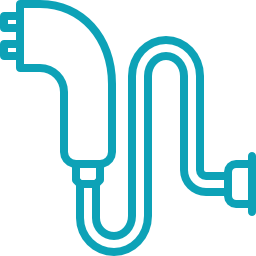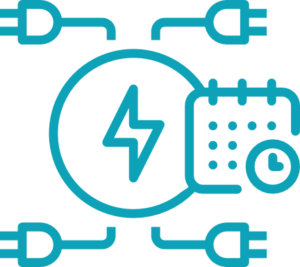
CHALLENGES
What will ISO 15118 bring to charging systems

Electromobility
Electromobility is the contraction of electric mobility. It refers to the concept of using electric powertrain technologies to drive vehicles and address energy transition. It includes plug-in full electric and hybrids, and hydrogen fuel cell vehicles. Electromobility covers a wide market that covers powertrain technologies but also in-vehicle information, communication technologies and connected infrastructures. Mobena Project focusses on plug-in light vehicles charging issues.
![]()
Ecosystem
Electric vehicles (EV) introduce a breakthrough paradigm: the interconnexion between the vehicle and the charging infrastructure. It is then necessary to consider the whole ecosystem and create bridges between all the players: the EV connects to a charging point that communicates with a charging point operator (CPO). The CPO needs an e-mobility service Provider (EMSP) to authorize the charging. On his side, the EMSP needs to recognize the EV user before authorizing the charge. This interconnexion relies on new communication protocols.

Plug & Charge (PnC)
This charging solution is defined by ISO15118 standard. It automatically identifies the EV user’s service contract by simply connecting the charging cable between the vehicle and the terminal, with a high level of security and a simplified user experience. It therefore avoids the need for multiple badges: “you plug in the cable.. and the charging process starts automatically”. The terminal recognizes the contract certificate that is embedded in the vehicle, validates and proceeds charging. Therefore, the main issue is to guarantee the cybersecurity. In Europe, plug and charge deployment has started in 2021. PnC requires a compatible EV with embedded contract and a compatible charging point.
Smart charging
this solution enables to program a recharging schedule that is negotiated between the terminal and the vehicle and optimised according to their technical constraints, the needs and requirements of the driver and the network electrical constraints.

